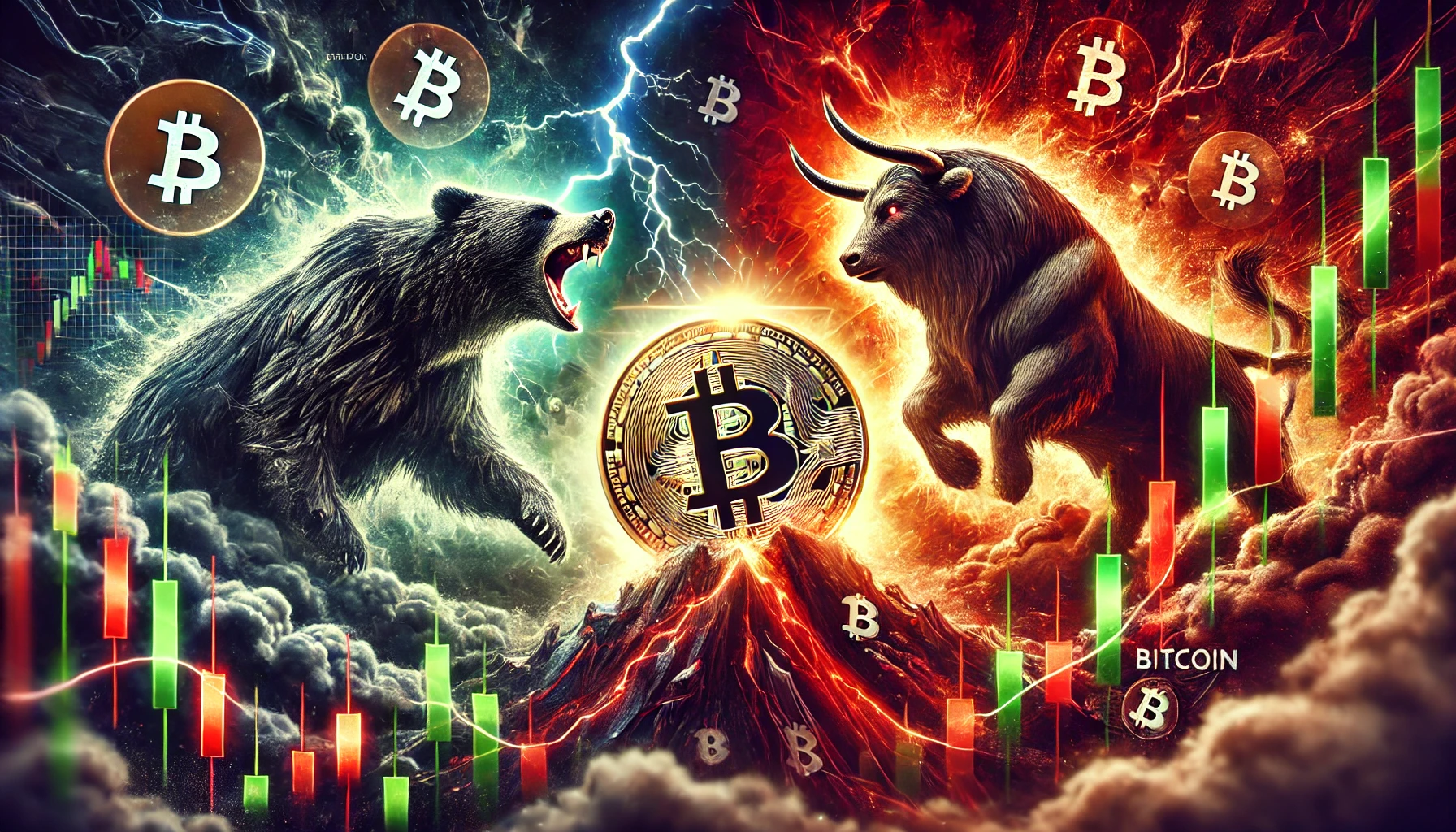Bear Markets and Beyond: Navigating the Rollercoaster Ride of Trading
Have you ever felt the adrenaline rush when the stock market takes a nosedive? Or perhaps the elated euphoria when it soars to new heights? Well, if you’re a trader, these feelings are all too familiar. But what happens when the bears take over, and the market becomes a bearish sentiment? Let’s dive in and explore this volatile world.
The Bearish Sentiment: Overblown or Justified?
Traders have been grumbling about the current bearish sentiment in the market. But what does that really mean? In simple terms, it’s when investors believe that stock prices will decline. But is this bearishness overblown? Some experts argue that it is, pointing to macroeconomic decisions as the key to supporting market growth.
Macroeconomic Decisions: The Unseen Heroes
Macroeconomic decisions, such as central bank interest rates, fiscal policies, and geopolitical events, can significantly impact the stock market. For instance, a rate cut by the Federal Reserve could boost investor confidence and lead to a bull market. Conversely, a hike could send stocks tumbling.
Moreover, fiscal policies, like tax cuts or infrastructure spending, can also influence market trends. For example, the 2017 tax cuts in the US led to a surge in corporate profits and a subsequent stock market rally.
How Does This Affect You?
As an individual investor, understanding the impact of macroeconomic decisions on the stock market can help you make informed investment decisions. For instance, if you believe that a rate cut is imminent, you might consider buying stocks in sectors that tend to perform well during a bull market, such as technology or consumer discretionary.
On the other hand, if you anticipate a bear market, you might consider defensive stocks or even seeking shelter in bonds. But remember, past performance is not always indicative of future results, and it’s essential to do your research and consider your risk tolerance before making any investment decisions.
How Does This Affect the World?
The stock market’s performance can ripple through the global economy. For instance, a bull market can lead to increased consumer spending, higher corporate profits, and even job growth. Conversely, a bear market can lead to reduced consumer confidence, lower corporate profits, and even layoffs.
Moreover, the stock market’s performance can also impact other asset classes, such as bonds, commodities, and currencies. For example, during a bear market, investors might flock to bonds, driving up their prices and reducing their yields. Similarly, a bull market might lead to increased demand for commodities, driving up their prices.
Conclusion: Riding the Bearish Wave
The stock market’s performance can be a rollercoaster ride, with bear markets being one of the more thrilling (although less enjoyable) experiences. But by understanding the impact of macroeconomic decisions on the market, you can navigate this volatile world with greater confidence. So, buckle up, and let’s ride the bearish wave together!
- Bear markets occur when investors believe that stock prices will decline.
- Macroeconomic decisions, such as central bank interest rates and fiscal policies, can significantly impact the stock market.
- As an individual investor, understanding the impact of macroeconomic decisions can help you make informed investment decisions.
- The stock market’s performance can ripple through the global economy, affecting other asset classes and even consumer sentiment.





